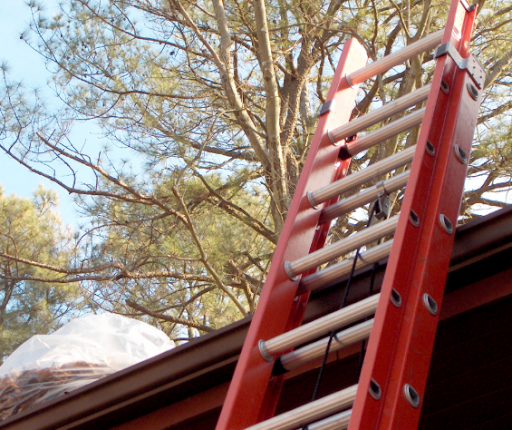Summer is fast approaching and for many, that means home DIY projects are back! But that also means potential injuries and fatalities are too, if not careful. Annually, ladder-related incidents cause over 500,000 injuries and approximately 300 deaths. Most ladder deaths are from falls of 10 feet or less. Over the past decade, the number of people who have died from falls from ladders has tripled. According to the National Institute for Occupational Safety and Health (NIOSH), one of the top causes of ladder injuries and falls at home is insufficient ladder inspection.
Proper ladder inspection is critical to your safety for any DIY projects around the home, so we urge you to practice the following ladder safety tips for a safe and fun DIY project season this summer.
When should you inspect your ladder? Ladders should be promptly inspected upon receipt, before every use, and when they have been dropped or have fallen before using them again. When inspecting your ladder, check for the following:
- missing or loose steps or rungs (they are loose if you can move them by hand)
- damaged or worn non-slip feet
- loose nails, screws, bolts or nuts
- loose or faulty spreaders, locks, and other metal parts in poor repair
- rot, decay or warped rails in wooden ladders
- cracks and exposed fiberglass in fiberglass ladders
- cracked, split, worn or broken rails, braces, steps or rungs
- sharp edges on rails and rungs
- rough or splintered surfaces
- corrosion, rust, oxidation and excessive wear, especially on treads
- twisted or distorted rails. Check ladders for distortion by sighting along the rails. Using a twisted or bowed ladder is hazardous.
- missing identification labels
A ladder found to have any of these during inspection, should be tagged, destroyed, and discarded. Do NOT use a ladder that does not pass inspection. Watch this video from Werner Ladder Company for a ladder inspection guide: https://www.youtube.com/watch?v=02leuzPKakE
Source: https://www.thegibsonedge.com/blog/ladder-safety-at-home-and-in-the-workplace and https://www.nachi.org/ladder-safety.htm and https://www.ccohs.ca/oshanswers/safety_haz/ladders/inspection.html

